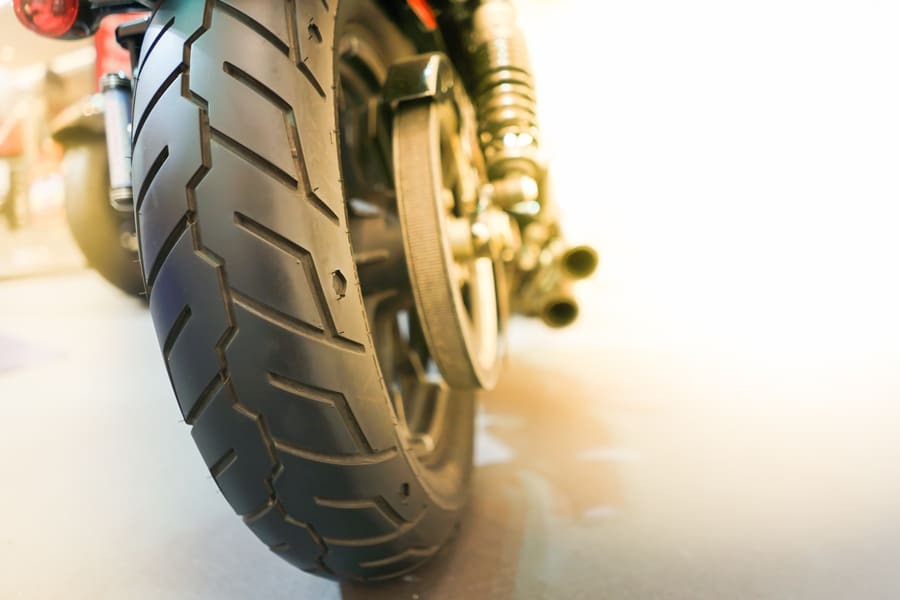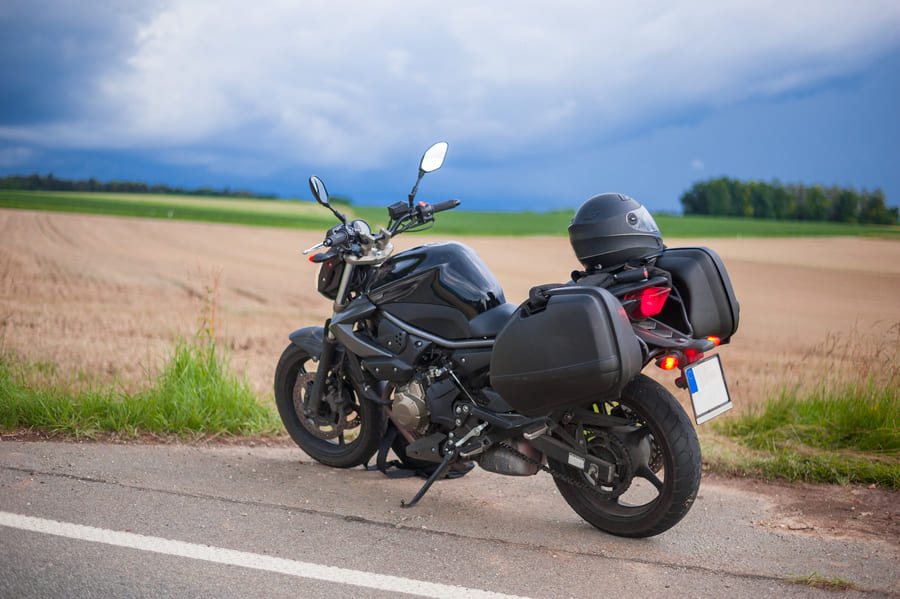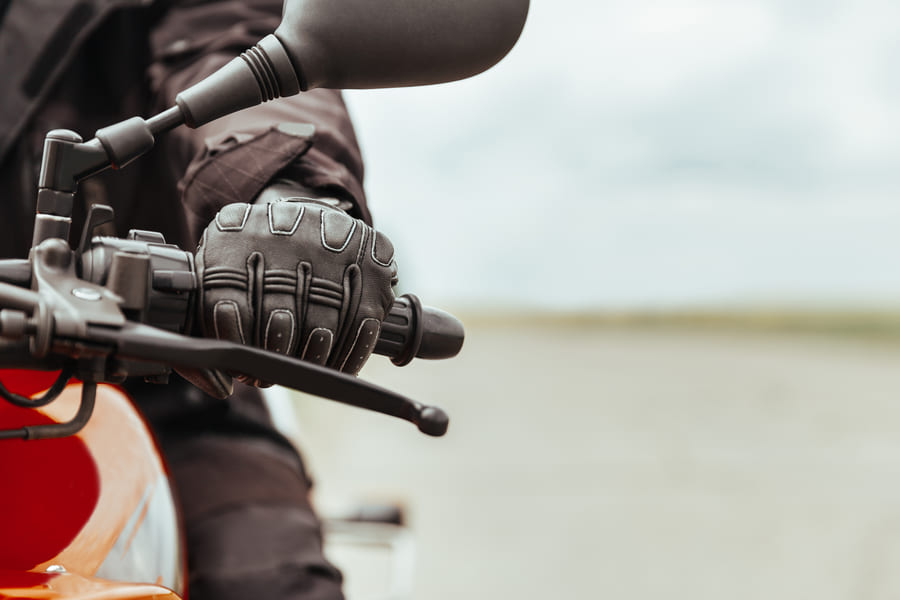
The air in the tyres “carries” the load, which is made up of the vehicle’s own weight – plus that of the rider, passenger, and cargo. The pressures specified by the motorbike or tyre manufacturer differ according to the type of bike, generally ranging from 2.25 to 2.5 bar at the front and 2.5 to 2.9 bar at the rear on road motorbikes. On older bikes up to about 550 cm³ displacement, the recommended amount is somewhat less.
Tyre pressure measurements
There are more than 50 standard units of measurements. To measure the air in your tyres, you mainly need to know three of them: psi, bar and kPa. Psi stands for pounds per square inch, whereas ” bar” refers to the atmospheric pressure at sea level and ” kPa” stands for kilo pascals.
The pressure prescribed for the motorbike is written in the owner’s manual, but occasionally this information must be checked. For example, if a modern tyre is fitted to a classic motorbike, the air pressure prescribed by the manufacturer may well deviate from what the vehicle manufacturer specified ten or 15 years ago. Therefore, with each new tyre – and in case of doubt – ask the manufacturer and follow their recommendation.
Motorcycle tyre gauges

When you check the air, do not rely solely on the scale on the petrol station device, but get a proper tester and carry it with you in your on-board tool kit. Digital gauges are the most precise and extremely easy to use. Most indicate air pressure in psi, kPa, or bar. After you press the valve stem, the reading takes only two or three seconds.
Track and racing day
It’s no secret that monitoring tyre pressure is even more important on motorbikes than it is on cars. But how exactly should you follow the manufacturer’s specifications? As closely as possible, because even a mere 0.1 bar difference can have an effect on the handling. You have good reason on racing day to use much less and, depending on the tyre, motorbike and race track, lower the pressure by about 1 bar at the rear and a good 0.5 bar at the front.
This provides the tyres with a larger surface area and makes higher cornering speeds possible. However, this is at the price of lower lateral stability, higher tyre temperatures and, most of all, a higher restoring torque. You now require more power to get the motorbike into the curve. Overall, the response to the road surface becomes more tenuous, handling worsens, and keeping a clean line becomes more difficult. On the racetrack, where you know every inch by heart, this is tolerable, but on public roads, with their ever-surprising asphalt quality, it clearly brings more disadvantages than advantages.








Comment